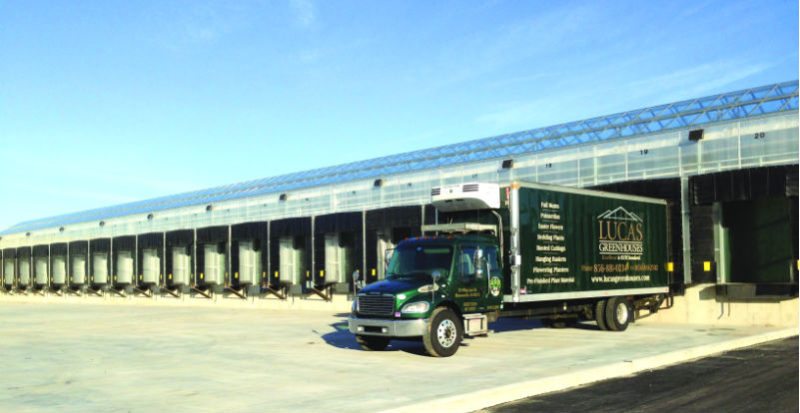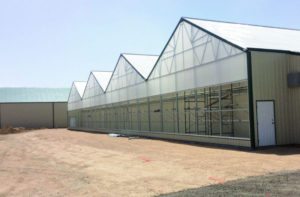
Greenhouse Expansion: Do You See the Entire Picture?
Although some questions are fundamental to your operations, other ones may be less obvious and can contribute to a smoother process. Hopefully, the following checklist can add to your confidence as you begin the development of your larger greenhouse operation.
Utilities
- Availability of Utility Resources — Do you have sufficient capacity for water, water wells, gas, heat, cooling, electricity and gas lines?
- Discussion with Local Municipality — A “use and need” analysis may need to be conducted. If a utility increase is necessary will it fit within your existing infrastructure? What is the cost for potential improvements? A use and need analysis may alert you to hidden things early on such as property easements for power or water lines.
- Utility Rates — Note that increased utility consumption could push you into a different rate tier with a different cost per unit of energy. There are some good programs offered by utility companies if you plan ahead.
Land
- Contour of Adjacent Land — What is the geographic contour of the land that you are considering for your expansion? Leveling, grading, tree remove, drainage of water ponds or removal of existing water may have to be undertaken. Is one area of your property better suited for the expansion due to these concerns?
- Environmental Regulations — Making changes to previously unused land may require an environmental impact study. It is important to determine whether the project is in compliance with local, state and federal land use regulations.
- Access to Land — Will your new addition mean that it’s a good time to change other things like roads, parking, drainage, sewer, water discharge or ponds? An initial review can be made through your local municipality. A civil engineering firm can also bring important information on the scope of land modifications and how to make the best possible land improvements for your property.
Codes
- Use Classifications — Codes change over the years. From the time of your last build the local municipality may have implemented new requirements. It’s best to be proactive with the building department. They can be open to compromise so offering a property improvement that you had planned on doing anyway might satisfy a costlier improvement the building department was requesting.
- Building Permit — Is a building permit necessary? You may not have needed one for the construction of your previous project but changes to local codes over the past several years may now require one.

Headhouse
- Support Equipment — You might look at the value of upgrading your current material handling system. It may be a good time to evaluate the shipping and receiving area for an expansion.
- Administrative — Know that the construction of a new project will require you to take time away from your already busy schedule. Look at ways to delegate and expand the roles of your key employees to lighten your load. You might be surprised at who picks up the ball and gets things done either with your continuing business or on the expansion.
- Building — Is the headhouse building size sufficient to support the new growing range? We always hear from growers that they wish they had increased the size of their headhouse from their original plan.
Capital Budget
- ROI – Will the expansion generate a sufficient return on investment? Doing an accurate business plan will save on sleepless nights.
- Cost Analysis — As highlighted in this list, there are a wide range of costs to plan for. There are always those that you have not planned for, but this may help keep them to a minimum.
- Tax Credits — Have you gone to your local government agencies to see what credits might be available as your business expands and adds employees? Many areas are eager to help growing companies adding jobs.
In addition to all of the above things that you might not have thought of, there are the things you have been thinking of, such as how much more space do you need to add to your existing business to handle the anticipated increase in your business? To get the very latest and best solutions in coverings, building materials and support equipment, use your greenhouse salesperson. There are new growing solutions that they work with every day.
Just having read this article means that you are on the right road to making your expansion or new project one that will have less problems and will be completed on the schedule you want. Consult with your greenhouse salesperson and get their input and assistance on this. Having done thousands of projects, they will have insights that will make your addition more seamless.
Your business has reached this decision point through your hard work, the dedicated effort of your team of employees, and by making smart decisions about the future. Even though there are many items to consider on your road to greenhouse expansion, you can use this list as a starting point to ensure you are asking the best questions. Although not a blueprint, we encourage you to run these questions through your team of trusted advisors to ensure a diversity of viewpoints. Our goal is to expand your list of questions so you can see the entire picture.









 Video Library
Video Library 


















